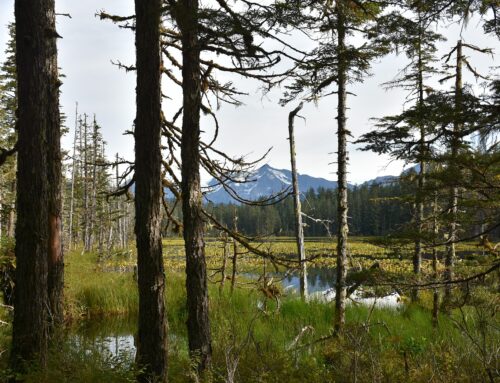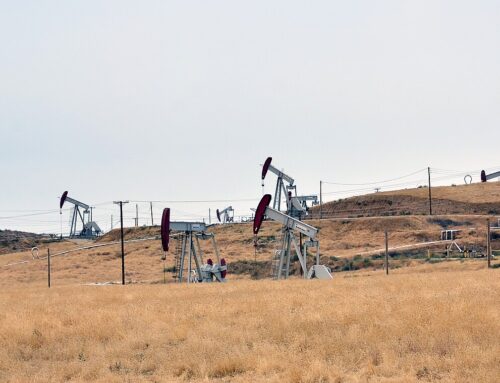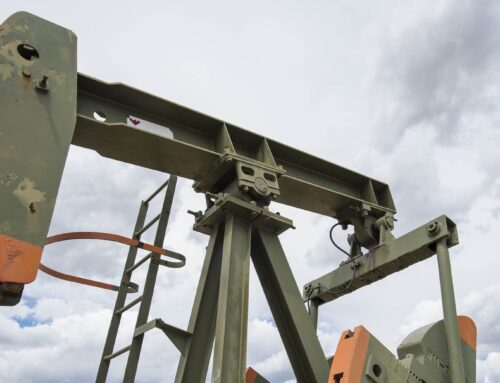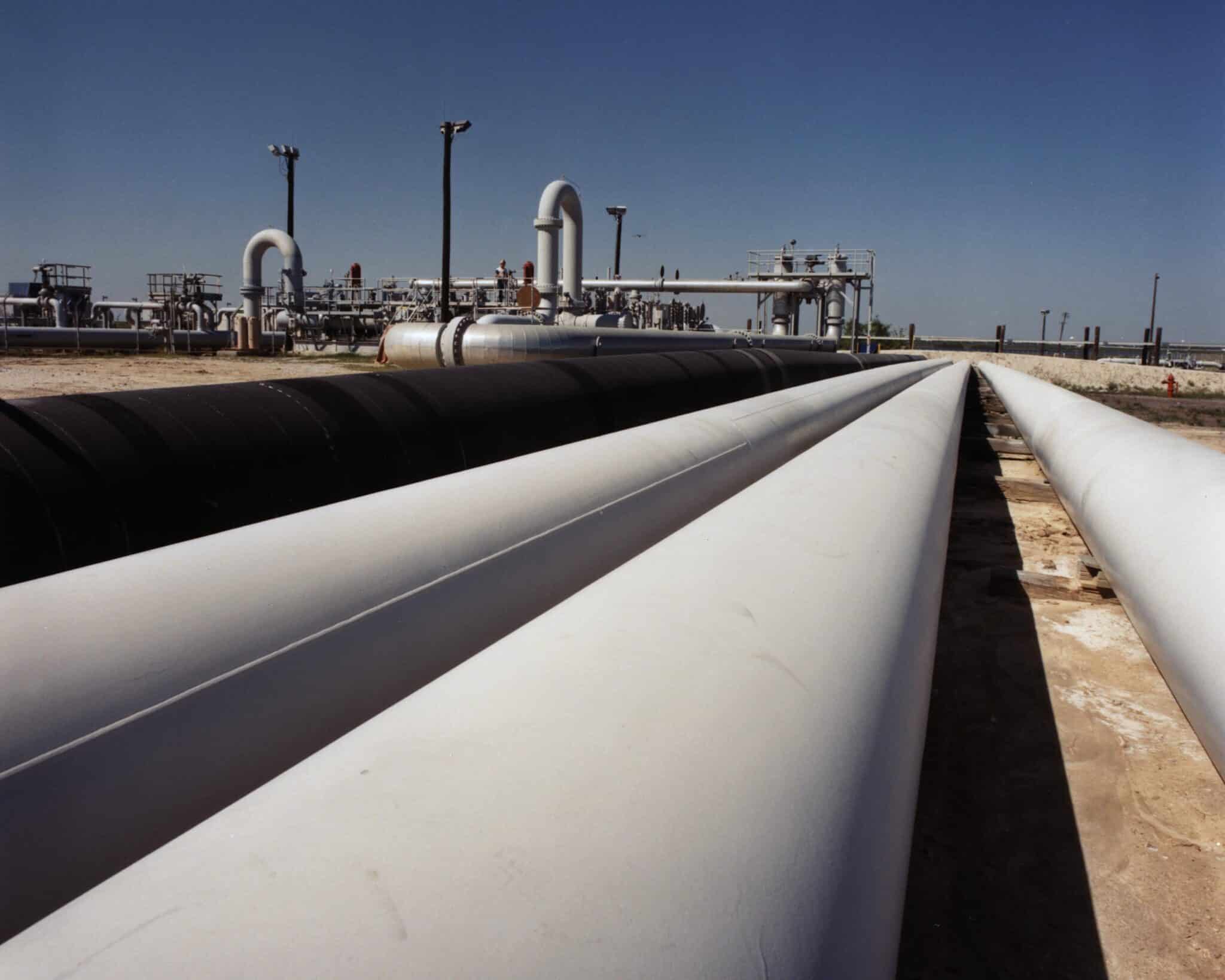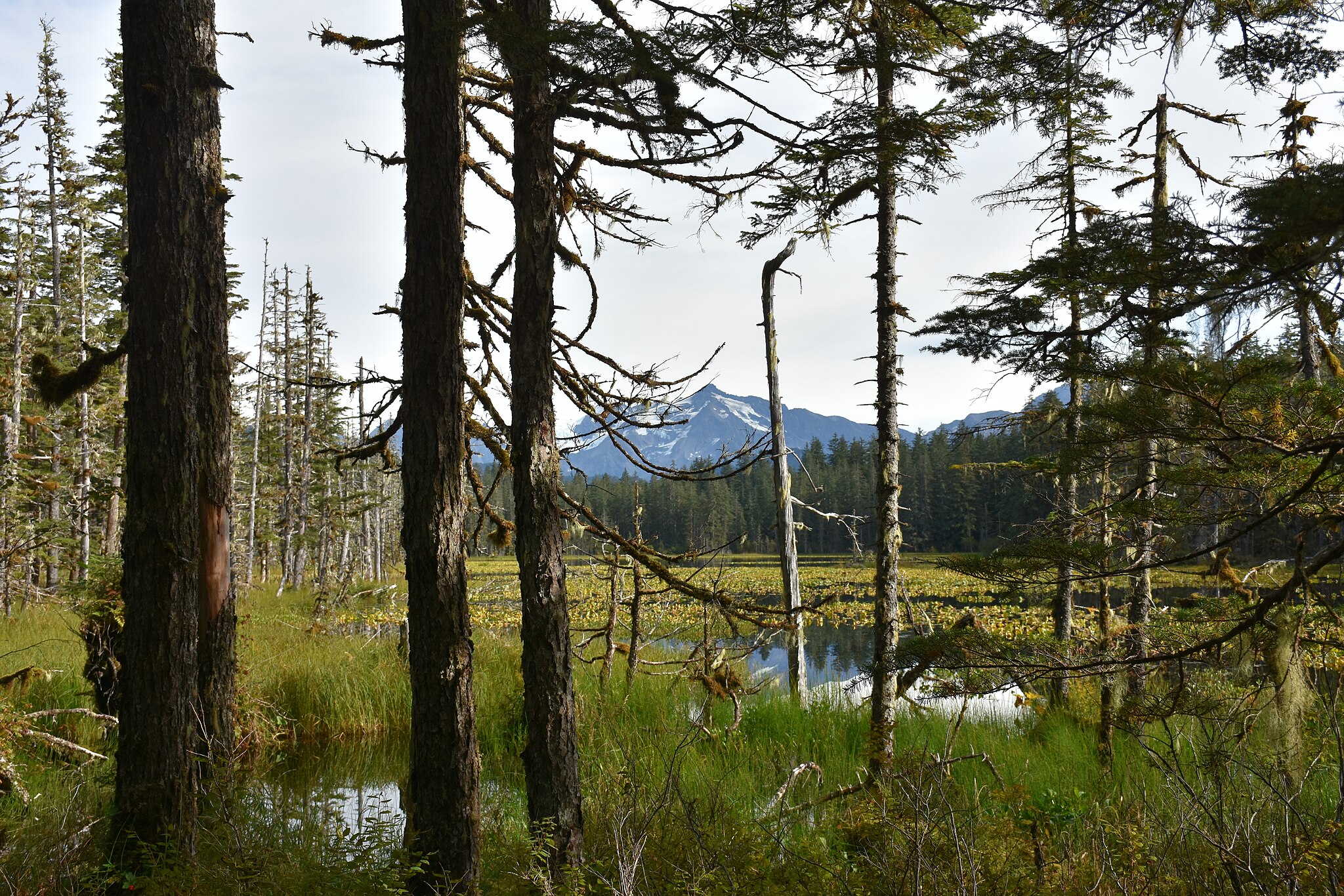FAQ
Abandoned Wells and Oil and Gas Bonding FAQ
Updated - August 2024
TCS has long advocated for reforms to address the increasing taxpayer costs from orphaned wells and mines. Industry interests should be responsible for cleaning up their operations and properly restoring sites.
This FAQ primarily focuses on abandoned and orphaned oil and gas wells. Below are answers to some frequently asked questions (FAQs) on this topic to help you understand the orphaned well problem and how oil and gas bonding reform can address this issue.
To learn more about orphaned wells, read our issue brief here.
To learn more about oil and gas bonding on federal lands, read our fact sheet here.
Learn more about abandoned coal and hardrock mines.
Oil and gas wells become inactive when operators permanently cease production. Inactive wells must be maintained or plugged and reclaimed (cleaned up) in accordance with statutes and regulations. When they are not, these wells are considered abandoned.
Orphaned wells are a subset of abandoned wells where nobody is legally or financially responsible for cleanup, for example, when the company operating the wells goes bankrupt.
Orphaned wells are wells that have been abandoned and have no legally or financially responsible party. This may happen when the company operating a well dissolves or goes bankrupt, as they do regularly throughout the oil and gas boom-and-bust cycle. It has been documented that larger companies sometimes shed their reclamation liability by selling assets like marginal wells at low costs to smaller companies that hope to squeeze out the last bit of oil at the end of the marginal wells’ economically useful life. Smaller companies are more likely to go bankrupt due to market fluctuations, causing wells to become orphaned.
The Bureau of Land Management, the agency in charge of onshore federal oil and gas leasing, defines well reclamation as a process to restore lands to a condition “equal to or closely approximating” their original natural state, which involves plugging the well, removing structures, and reshaping and revegetating the land around the wells.
Abandoned and orphaned wells can damage the environment and pose significant risks to public health by leaking methane gas, contaminating surface water and groundwater, fragmenting habitats, eroding soil, and interfering with agricultural and recreational land use.
The Environmental Protection Agency (EPA) estimated that there are around 3.9 million abandoned oil and gas wells (including orphaned wells and other non-producing wells), around 2.2 million of which are unplugged.
In 2019, the Bureau of Lange Management (BLM) provided a list of 296 orphaned wells on federal lands. However, we do not know how many wells become orphaned over specific time frames because the BLM does not systematically track this data. The Interstate Oil & Gas Compact Commission estimated there were 15,913 known orphan wells on federal and tribal land at the end of 2021, and many more undocumented.
When a well is orphaned on federal land, the Bureau of Land Management (BLM) uses the operating company’s bond to cover the costs of any remaining reclamation work. If the amount of the bond is insufficient, taxpayers are forced to cover the costs of reclaiming the orphaned wells.
The Bureau of Land Management is required by the Mineral Leasing Act of 1920 to obtain adequate bonds or other financial assurances from operators to cover the cost of well reclamation before they can start drilling a new well on federal lands. If an operator adequately reclaims their wells, the Bureau will return the bond to the operator. If not, the Bureau uses the bonds to cover at least some of the costs of reclamation.
Operators can secure either a surety bond or a personal bond. A surety bond is when operators enter a legally binding contract with a third-party surety company who will assume the responsibility of the debt if the operator defaults or is unable to finance reclamation. A personal bond is either an upfront cash payment or guarantee of funds in the future, like a Cashier’s check, certified check, or Negotiable Treasury securities.
The Bureau of Land Management is responsible for determining the reclamation requirements for operators, setting minimum bond values, and establishing what types of bonds it will accept. Currently, BLM accepts two types of bond coverage: bonds for an operator’s wells on an individual lease and bonds for all wells owned by an operator in one state, at the minimum value of $150,000 and $500,000, respectively.
Before June 2024, an individual lease bond had a $10,000 minimum, a statewide bond had a $25,000 minimum, and nationwide bond had a $150,000 minimum. These rates had been unchanged since they were established in 1951 (state and nationwide bonds) and 1960 (individual lease bond). According to the Government Accountability Office, 82 percent of bonds were accepted at minimum rates.
The Government Accountability Office (GAO) estimates that reclamation costs can range from $20,000 per well to $145,000 per well, with the most extreme estimates as low as $3,069 and as high as $603,000. The Bureau of Land Management estimates that the cost to plug a well and reclaim the surface ranges from $35,000 to $200,000, with an average cost of $71,000.
Reclamation costs can vary drastically depending on the depth and location of individual wells. Deeper wells are more costly to reclaim, with cost typically increasing proportionally with depth. And wells in locations that are difficult to reach, such as the middle of a river, also cost more to reclaim.
We do not know the exact amount of taxpayer dollars spent reclaiming orphan wells each year. The Infrastructure, Investment, and Jobs Act (P.L.117-58) appropriated $4.7 billion in taxpayer funds to reclaim wells: $4.275 billion for State-owned or privately owned land, $250 million for federal land, and $150 million for tribal land.
Bond rates were originally established in the 1950s and 1960s and were left unchanged until recently. Prior to June 2024, the Bureau of Land Management accepted three forms of bonds:
- $10,000 for an operator’s wells on an individual lease
- $25,000 for all wells owned by an operator in one state
- $150,000 for all wells owned by an operator nationwide
In August 2022, a draft of the Inflation Reduction Act (IRA) included provisions that would raise the minimums for federal oil and gas bonds, but these provisions were excluded from the final bill because of a budget reconciliation rule that prohibits non-budgetary provisions in reconciliation bills.
In July 2023, the Department of the Interior released a proposed rule that reflected provisions previously included in the IRA draft, which would raise the minimums for individual leases bonds to $150,000; statewide bonds to $500,000; and eliminate nationwide and unit bonds. These reforms were enacted in a final rule April 2024.
Bond rates were originally established in the 1950s and 1960s to ensure that oil and gas companies, not taxpayers, were responsible for reclaiming wells. Prior to reforms passed in 2024, these rates had not changed in over 60 years and were no longer sufficient.
Previous bond rates had not been adjusted for inflation. The old $10,000 minimum bond was the equivalent of $102,940 in coverage when it was established a half century ago (in 1960). Similarly, the original rate for statewide bonds (set in 1951) translated to an equivalent of $292,982 and the nationwide bond minimum covered an equivalent of $1,757,894 in 2023 dollars.
Additionally, technological improvements in oil and gas extraction have changed how operators use federal land and changed the cost to reclaim the land afterwards. Oil and gas companies today are drilling deeper than they did in the 1950s and 1960s, which means wells are more costly to clean up. These changes in reclamation costs needed to be factored into new bond minimums.
Related Posts
Most Read
Recent Content
Stay up to date on our work.
Sign up for our newsletter.
"*" indicates required fields


